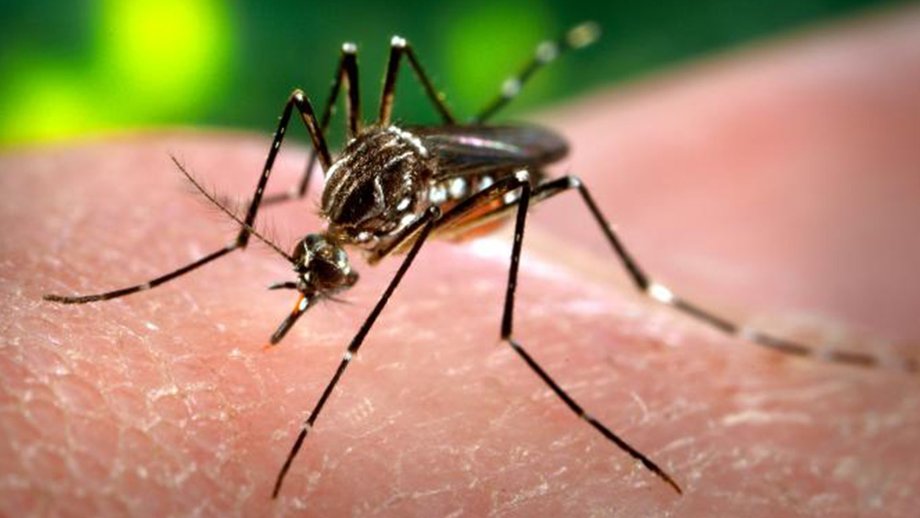Evaluation and follow-up of newborns with congenital Zika virus infection
Start Date: Sep 2016
End Date: Sep 2019
Funding source: FINEP (Project 01.16.0047.00)
Coordinators: Prof. Dr. Jaderson Costa da Costa and Prof. Dr. Magda Lahorgue Nunes
BraIns researchers: Prof. Dr. Mirna Wetters Portuguez, Prof. Dr. Ricardo Bernardi Soder, Prof. Dr. Dr. Danielle Irigoyen da Costa; Dr. Graciane Radaelli, Dr. Luciana Azambuja, Dr. Felipe Kalil Neto; Mrs Nathalia Alves Mathias Mrs Nathalia Bianchini Esper
Researchers from Maceió: Dr. Fernando Tenório Gameleiraand Dr. Rodrigo Bomfim
Researchers from outside of Brazil: Alexandre Franco, PhD – Nathan S. Kline Institute for Psychiatric Research- USA
Overview
This project aimed to develop a cohort study of Brazilian children with microcephaly who were congenitally infected with the Zika virus (ZikV). The purpose of the study was to use advanced magnetic resonance techniques, video polysomnography and infrared spectroscopy, to describe the lesions and their relationship with the babies’ neural function, in an effort to contribute to a better understanding of the pathogenesis of the disease and to determine the risk factors / early markers of neurological prognosis. Given the unprecedented outbreak of the epidemic in Brazil, in 2015, the BraIns project included a wide range of measures, including behavioral, cognitive, language and motor functions, as well as brain development (EEG, fMRI, dMRI, dMRI, sMRI, FNIRS).
The study began in Aug 2017 and ended in Sept 2019. Researchers collected data from 47 children (aged 13 to 35 months) from Maceió (in the northeast of Brazil and one of the most affected regions of the country). All of the children had congenital microcephaly. Patients were evaluated in Porto Alegre (n = 30) and Maceió (n = 17). Preliminary results have shown abnormalities in the morphology of the brain, reduced cognitive skills, and refractory epilepsies. Importantly, a wide range of inter-individual variations have been observed (e.g. degree of microcephaly and cortical developmental changes, cognitive impairment; type and severity of epilepsy). The variables studied were associated with gestational age at the time of exposure to the virus: the earlier the mother contracted the infection, the more severe were the alterations in neuroimaging, EEG / polysomnography, and so was the clinical expression of epilepsy. A new study aimed at tracking these children three years after their initial assessments. Researchers established a longitudinal cohort of children congenitally infected with the Zika virus. The aim was to collect neural and behavioral markers associated with disease severity in their development in view of longitudinal data. The project has been submitted to funding agencies.


